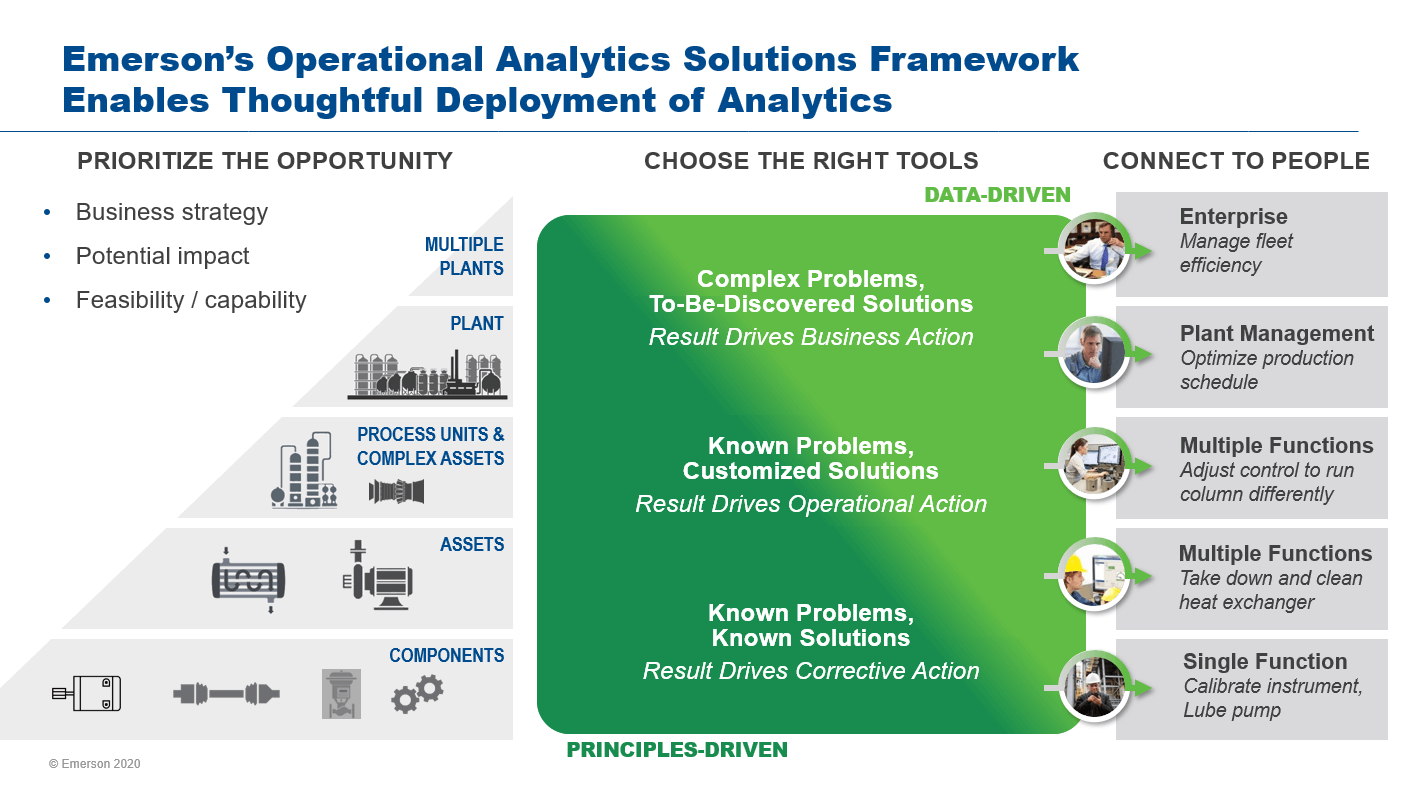 I’ve been watching the wave of digital transformation for the last several years with a bit of excitement, and probably a healthy amount of skepticism. Fortunately, technologies have evolved rapidly over the last few years, and end users have gotten smarter about how to apply them to avoid early pitfalls.
I’ve been watching the wave of digital transformation for the last several years with a bit of excitement, and probably a healthy amount of skepticism. Fortunately, technologies have evolved rapidly over the last few years, and end users have gotten smarter about how to apply them to avoid early pitfalls.
That said, I still see the need to get back to basics in our approach to digital transformation so that we maximize the velocity of results. Here are a few back-to-basics principles I want to spend a little time discussing:
It’s really a digital transformation journey, and it starts (and continues) with a roadmap
One inevitable truth we’ve realized is that digital transformation is an ongoing journey that will take years to realize everything desired. We should really be talking about this as a digital transformation journey, while there are significant results to be had along the way, most organizations are built to make incremental improvements that can be understood absorbed over time. That’s why a roadmap is so important, as it provides the opportunity for organizational alignment, and helps address the potential pitfall of overinflated expectations. Keep your roadmap evergreen and revisit it often, it’s also not a one and done exercise.
While we’re discussing organizational realities, as you’re considering how and what to implement, you should also consider what capabilities your organization has. As an example, if you have data scientists readily available, that may give you more flexibility in the solutions you implement, potentially even implementing open analysis platforms. Not having data scientists simply means that your approach is likely to be more specific and drive real outcomes. Which brings us to…
Be specific about the problems you want to solve
We need to have a tailored approach to each problem we want to solve, and that each problem needs to be well defined at the outset so that success can be easily understood and measured. Defining these in terms of the business strategy and resulting impact in reliability, uptime/Overall Equipment Effectiveness, energy or emissions, or production output are a great place to start, as is being specific about the particular asset, equipment, or unit.
This also leads to fit-for-purpose and appropriate solution selections. Within Emerson, we’ve been talking about an applications spectrum, ranging from ‘known solutions to known problems’ to ‘unknown solutions to unknown problems.’ I like this as a way of framing things because it provides a degree of context to the conversation about what solution approach is required, given the objective in mind.
This framework is also good to have in mind as you consider the complexity of potential solutions, and why it can be valuable to start smaller and then expand – the smaller and more tangible the problem, generally the faster and easier it is to solve and drive value.
Gaining momentum with a series of bite-size, but easily scalable implementation wins
If you’ve ever looked at the Agile development methodology, you’re likely familiar with the Weighted Shortest Job First principle, which prioritizes the most ‘value dense’ activities first, as opposed to doing the project with the single biggest standalone value. This also tends in many cases to prioritize smaller projects because they can deliver value quickly and at lower risk.
Many of the successful end users I’ve seen in the digital transformation space are applying exactly that principle. An example might be to apply an asset reliability solution on a few pieces of equipment to deliver significant value and at the same time get familiar with the technology. After that, rapidly expanding to units, a full plant, and across multiple plants becomes significantly easier and lower risk, especially if the platform they’ve selected is easily scalable.
Summing it up
Digital transformation doesn’t need to be overly complicated, and we should be thinking about it as a multi-year journey and not a light switch. Having a long-term vision of that journey that is broken into bite-size pieces will ensure that momentum is gained. Ultimately, those bite-size wins will quickly add up to big success.
Looking for more on digital transformation? Join us at Emerson Exchange Asia Pacific, coming on October 26-28, 2021! Check out the Emerson Exchange Asia Pacific webpage
to learn more.





